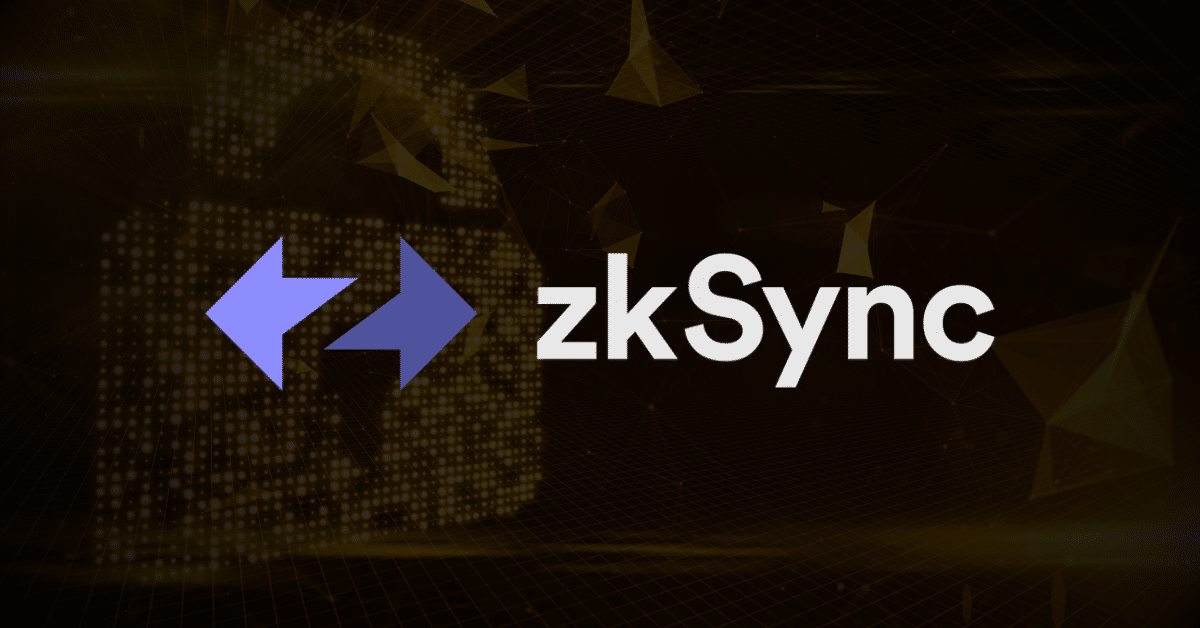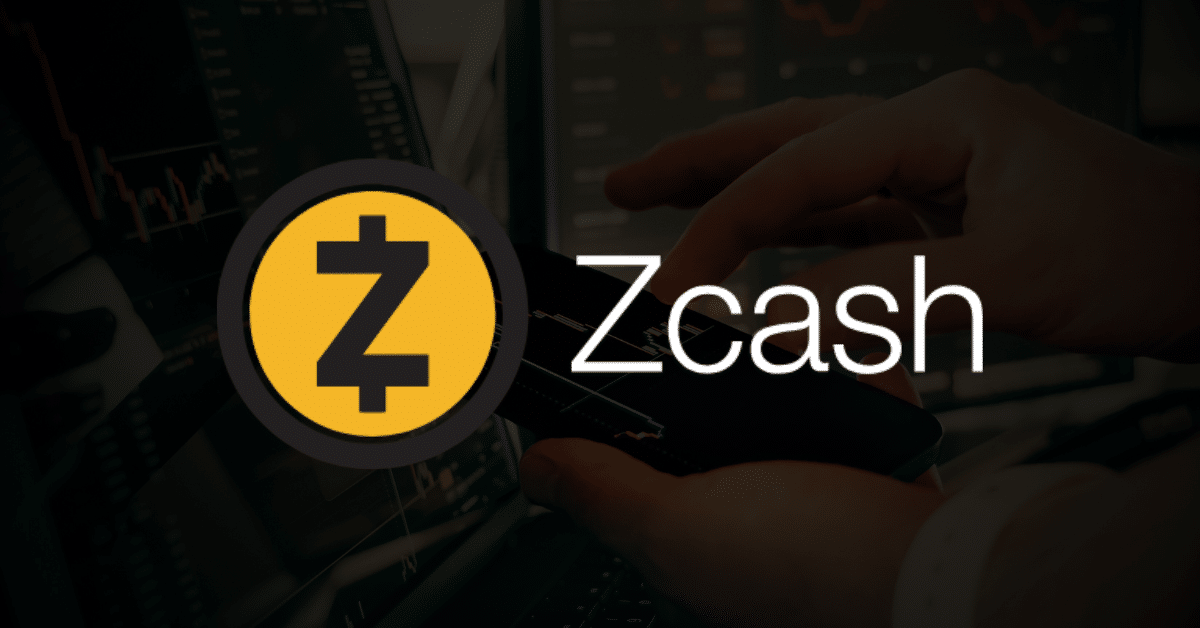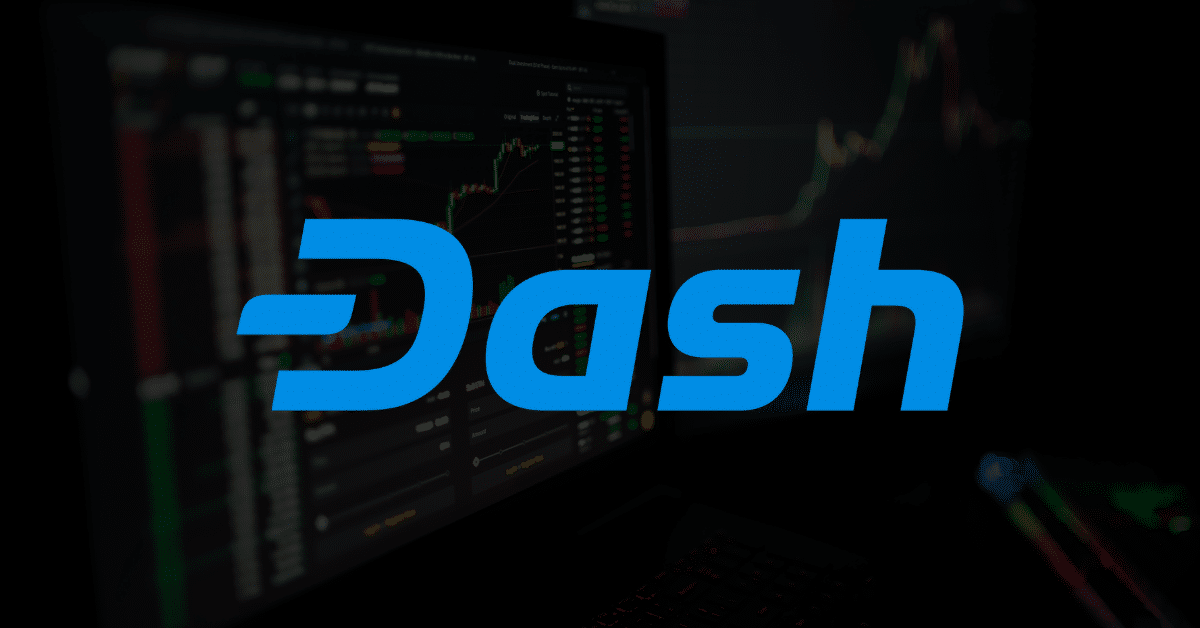Key Takeaways
- Private and public companies are collectively acquiring Bitcoin nearly four times faster than the rate at which miners produce new coins, creating a significant supply imbalance.
- This imbalance, known as a “supply shock,” is compounded by shrinking reserves on exchanges and large institutional holders HODLing their assets for the long term.
- Michael Saylor’s Strategy, the largest known Bitcoin treasury holder, conducts its massive buys through off-exchange, over-the-counter (OTC) transactions to avoid impacting the spot market price.
A new report from Bitcoin financial services company River reveals a powerful and potentially explosive dynamic in the crypto market: institutional buyers are absorbing Bitcoin at an astonishing rate, nearly four times faster than miners can produce it.
This voracious demand, combined with a finite supply of new coins, is setting the stage for a major market event known as a supply shock.
The Anatomy of a Supply Shock
A supply shock occurs when demand for an asset far exceeds its available supply, leading to a sharp price increase. In Bitcoin’s case, this is a naturally occurring phenomenon, but it is now being amplified by unprecedented institutional adoption.
According to River’s 2025 data, private businesses, public companies, and ETFs are purchasing thousands of BTC per day, dwarfing the average daily output of miners, which sits at just 450 new BTC.
The impact is compounded by the fact that these institutions are long-term holders, removing a significant portion of the circulating supply from the market and further tightening liquidity.
Michael Saylor’s Strategy and Off-Exchange Buys
At the forefront of this corporate accumulation is Michael Saylor’s Strategy (formerly MicroStrategy), which holds a staggering 632,457 BTC in its corporate reserve. Saylor’s company has been so aggressive in its accumulation that one author has quipped that it is “synthetically” halving Bitcoin through its frenzied pace of acquisition.
However, Strategy’s corporate treasury officer, Shirish Jajodia, asserts that their transactions do not impact short-term market prices because they use over-the-counter (OTC) transactions.
Unlike a spot market, which can be affected by a large order, an OTC transaction is a private, direct trade between two parties, proving that the underlying demand is a strategic and deliberate accumulation rather than a speculative frenzy.
Final Thoughts
The data from River paints a clear picture: the era of businesses adopting Bitcoin is here, and their demand is now a dominant force in the market. As the gap between supply and demand widens, the prospect of a supply shock looms larger than ever.
Frequently Asked Questions
What is a Bitcoin supply shock?
A Bitcoin supply shock occurs when demand for the asset far exceeds the rate at which it is produced, leading to a shrinking available supply and a potentially sharp increase in price.
What is the difference between OTC and spot market transactions?
An OTC (Over-the-Counter) transaction is a private, off-exchange trade between two parties, while a spot market transaction occurs on a public exchange and can be seen by all participants.
What does “HODL” mean in the context of institutional investors?
“HODL” means “Hold On for Dear Life.” In the context of institutional investors, it refers to their strategy of holding Bitcoin for the long term rather than actively trading it, which reduces the liquid supply.























